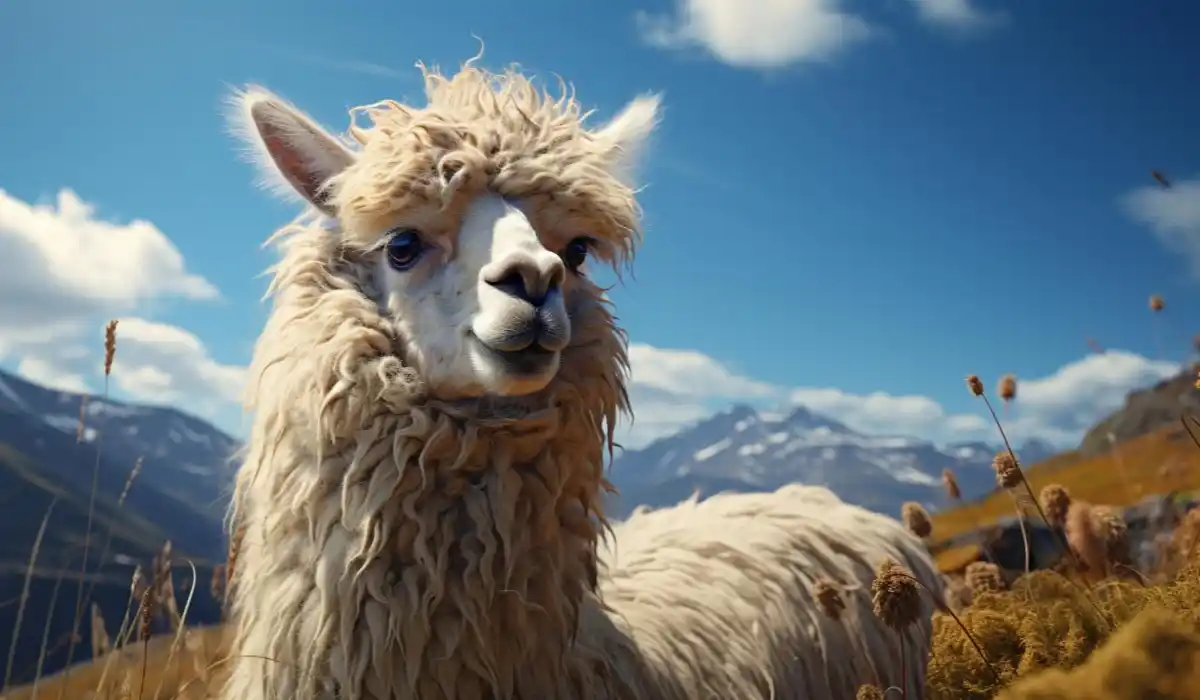Every year on December 9th, we have the delightful opportunity to celebrate National Llama Day. This day is all about recognizing the beauty and contributions of these charming creatures that hail from South America. With their soft wool and engaging personalities, llamas have a remarkable history and continue to enchant us today with their quirky mannerisms and heartening interactions.
Whether you’re a seasoned llama enthusiast, a proud llama caregiver, or simply intrigued by these captivating animals, National Llama Day gives us a special occasion to highlight their uniqueness and significance.
History of National Llama Day
Llamas are descended from camelids that originated in North America about 40-45 million years ago. About 3 million years ago, some of these camelids migrated to South America. Over time, they turned into the present-day llamas and their cousins — alpacas, vicuñas, and guanacos.
The Incas, who resided in what is now Peru, Ecuador, Bolivia, and Colombia from 1400 to 1532 AD, were the first civilization to domesticate and breed llamas. They used llamas as beasts of burden, for their wool, meat, and even their dried dung as reliable fuel for heating and cooking. Llamas were so important to the Incas that they often featured in their religious ceremonies and artwork.
When the Spanish conquered the Incas in the 16th century, they introduced horses and other livestock, which replaced llamas to some extent. However, llamas continued to have an important role in the daily life of Andean people.
In the late 19th and 20th century, interest in llamas as domesticated animals reignited, especially in North America. Today, they are raised for various purposes such as packing, wool production, meat, and even as therapy or pet animals due to their friendly and social nature.
National Llama Day Timeline
Domestication of Llamas
Llamas were one of the first domesticated animals in Peru.
Incan Civilization
Incas used llamas for carrying loads, and their fur for clothing and their dung for fertilizer and fuel.
Spanish Conquest
The Spanish conquest led to a significant decrease in llama population due to diseases brought by the Spaniards.
Llamas in North America
Llama population increased as they became popular pack animals and pets in North America.
Therapeutic Use of Llamas
Llamas began being used in animal-assisted therapies due to their naturally calm and gentle disposition.
National Llama Day
Celebrated annually on December 9th, National Llama Day continues to bring attention to llamas and their contributions.
Ideas to Celebrate National Llama Day
Llama Loving Art Session
Gather your friends or family and organize an art session dedicated to llamas. You can draw, sketch or paint them. It could even be origami or sculpture making. The aim is to appreciate the beauty of llamas through your creativity.
Edutainment Documentary Party
Have a documentary screening on anything and everything about llamas. You can have a mini quiz right after the screening and provide rewards to the winners. This could be an entertaining and educational way to celebrate National Llama Day.
Visit to a Llama Farm
If it’s possible, you can plan a visit to a nearby llama farm. The day could be spent grooming, feeding and taking photographs with the Llamas. Besides, you'll also get a chance to learn more about their lifestyle and habitat.
Llama-themed Merchandise Collection Drive
In your local community, organize a drive where you collect llama-themed merchandise. It could be shirts, posters, mugs, key chains etc. These could then be auctioned and the proceeds could go to a charity or to a local farm supporting llamas.
7 Interesting Facts About Llamas
Lama Glama Is Their Scientific Name
The scientific name for llama is Lama glama, which belongs to the camel family. They were domesticated from their wild relatives, guanacos and vicunas, more than 4,000 to 5,000 years ago.
Llamas are Humming Creatures
Llamas make a variety of sounds to communicate, including a loud alarm call for danger. However, their most common vocalization is a gentle humming sound. This humming noise can be during play, or to express anxiety, agitation, or disapproval.
Llamas are Good Guardians
Sheep farmers often place llamas in the herd to act as guard animals. Their natural instincts make them protective against predators. If they feel threatened or not safe, they will often vocalize loudly, stomp their feet, and even spit.
Llama’s Feces are Odorless
The feces, called 'llama beans', of a llama are almost odorless. They're often dried out and used as fuel for fires in their native Andes mountains. Some adventurous individuals also use these 'beans' as garden fertilizer or create crafts like jewelry.
They Have Unique Eating Habits
Llamas are not only herbivores, but they're also unique ruminants. Unlike cows, which have four-chambered stomachs, llamas have a three-chambered stomach system. This allows them to process tough plant material found in their natural mountainous habitats.
Cria is the Name for a Baby Llama
A baby llama is called a cria, which is Spanish for “baby”. Llamas usually only give birth to one cria at a time.
Llamas Spit...Sometimes
Yes, llamas do spit, but mostly at each other, in effort to establish dominance within the group. This is usually during meal times. When llamas are scared or feel threatened, they might spit on humans as well.
National Llama Day FAQs
Next National Llama Day Dates
| Year | Date | Day |
|---|---|---|
| 2023 | December 9th | Saturday |
| 2024 | December 9th | Monday |
| 2025 | December 9th | Tuesday |
| 2026 | December 9th | Wednesday |
| 2027 | December 9th | Thursday |
| What is the pattern? | Every December 9th | |
National Llama Day Word Search
- Llama
- Andes
- Wool
- Mammal
- Herbivore
- Domesticated
